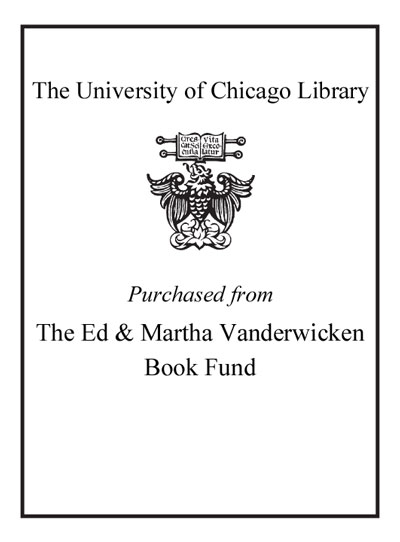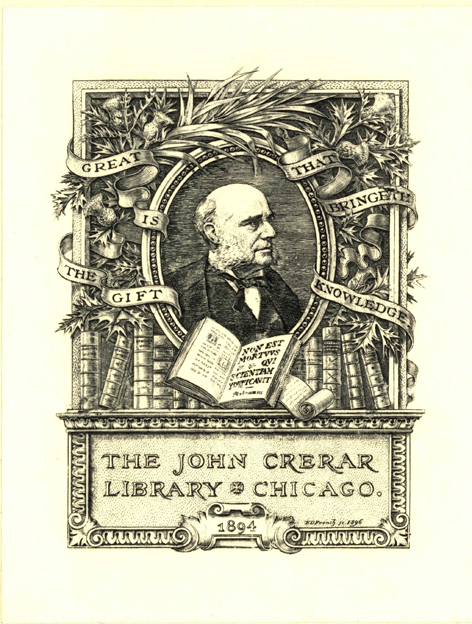Mild traumatic brain injury and postconcussion syndrome : the new evidence base for diagnosis and treatment /
Saved in:
| Author / Creator: | McCrea, Michael, 1965- |
|---|---|
| Imprint: | Oxford ; New York : Oxford University Press, 2008. |
| Description: | xv, 205 p. : ill. ; 24 cm. |
| Language: | English |
| Series: | Oxford workshop series |
| Subject: | |
| Format: | Print Book |
| URL for this record: | http://pi.lib.uchicago.edu/1001/cat/bib/6673070 |
Table of Contents:
- Introduction
- Continuing Education (CE) Credit
- Author's Workshop Materials
- Acknowledgments
- Part 1. The TBI Landscape
- Chapter 1. Epidemiology and Impact of Traumatic Brain Injury
- Chapter 2. Zeroing In on MTBI: Epidemiology and Impact
- Chapter 3. Challenges in Defining and Diagnosing MTBI
- Chapter 4. Advances in MTBI Research Methodologies
- Top 10 Conclusions
- References
- Part 2. Basic and Clinical Science of MTBI
- Chapter 5. Biomechanics of MTBI
- Chapter 6. Neurophysiology of MTBI: The Neurometabolic Cascade
- Chapter 7. Neuroimaging in MTBI
- Top 10 Conclusions
- References
- Part 3. The Natural History of MTBI
- Chapter 8. Acute Symptoms and Symptom Recovery
- Chapter 9. Acute Cognitive Effects and Early Recovery
- Chapter 10. Neuropsychological Recovery
- Chapter 11. Influence of Acute Injury Characteristics on Recovery
- Chapter 12. Measuring Neurophysiologic Recovery
- Chapter 13. Functional Outcome After MTBI
- Chapter 14. Exceptions to the Rule: Potential Long-Term Effects of MTBI
- Top 10 Conclusions
- References
- Part 4. Implications for Rethinking Postconcussion Syndrome
- Chapter 15. Defining Postconcussion Syndrome
- Chapter 16. Nonspecificity of Postconcussion Syndrome Symptoms
- Chapter 17. Epidemiology of Postconcussion Syndrome: Another Denominator Problem
- Chapter 18. PCS as a Neuropsychological Disorder
- Chapter 19. Psychological Theories of Postconcussion Syndrome
- Chapter 20. Interventional Models for Postconcussion Syndrome
- Chapter 21. A Practical Model for Clinical Management of PCS
- Top 10 Conclusions
- References
- Final Summary and Conclusions
- Index
- About the Author


